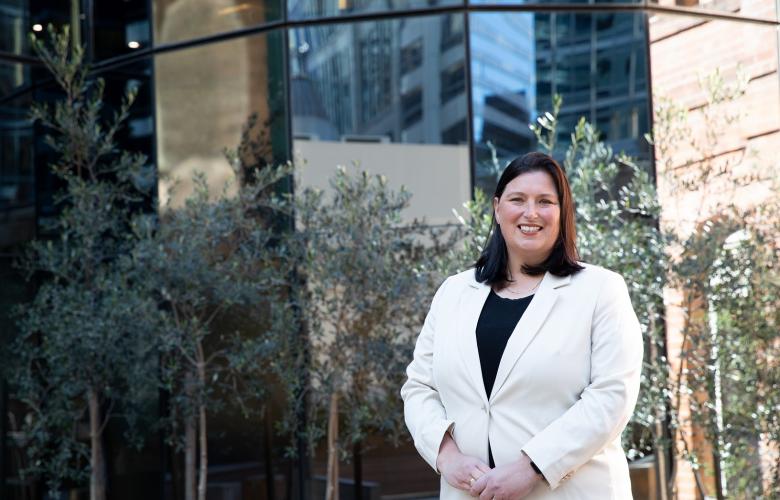As rate rises continue, is now the time to buy a commercial asset? - Ray White Commercial
Contact
As rate rises continue, is now the time to buy a commercial asset? - Ray White Commercial
With the announcement of another interest rate rise today, the question is raised by Vanessa Rader, Head of Research, Ray White Commercial, regarding how this will impact commercial assets.
The commercial property market has been enjoying high volumes of sales with a growing buyer pool over the last 24 months and, as a result, investment yields have seen strong compression across most asset classes nationally as competition and FOMO set in.
Fast forward to this year and the threat and subsequent rises in interest rates has done much to dampen activity. Last year we saw a growing number of first time buyers make their first foray into various commercial assets, taking advantage of low interest rates, availability of finance, and the quest to diversify during a time of economic uncertainty borne out of COVID-19. We are now seeing many of these less experienced buyers exit, as we enter a new era of savvy or experienced investors dominating the marketplace. As a result, we expect to see some increase in days on market and stability, or increase in yields, as buyers are more selective on assets and put greater emphasis on their location, tenant quality, and future opportunities.
While auction results have still recorded quality clearance rates, overall bidder numbers are down and urgency has left for many buyers. However, those assets which have transacted continue to represent good value with long term, stable returns offering a good alternative to other investment types, such as shares, which are seen as more volatile.
The next opportunity may come from those investors still willing to move up the risk curve. Assets which are underlet or have vacancies could be an opportunity for buyers looking to capitalise on the rising holding costs for landlords. “Value-add” assets, or those with alternative development opportunities, are likely to draw attention from some investors looking to profit from changing market conditions. However, these assets will need to meet the market in terms of price and we may see some secondary or “harder to move” assets record price reductions.
Tenanted investments are expected to remain in strong demand despite the reduced buyer pool. The long term, secure income stream is attractive to many, however, the spread to bond rate will become increasingly important to ensure their viability. Assets which were secured over the last couple of years on tight yields without premium tenancies or locational attributes could re-enter the market over the short term as financing stress may start to emerge.







